The 911, arguably the greatest sportscar of all time, and built to the same peculiar formula since its inception, pretty much defines the Porsche brand and has single-handedly elevated the company to global supercar giant status. It’s hard to imagine humble beginnings for such a car, and perhaps no story can get more humble than this.
June 8, 1948, prototype number 356-001 was registered in Austria and the Porsche sportscar was born. The German company had already built tanks and even a race car – the Type 64; but the 356 was the first car sold with the Porsche name. Unable to find the car of his dreams, Ferry Porsche built himself a car based on the Volkswagen Beetle designed by his father Ferdinand Porsche. Thus began what is perhaps the sportscar’s most controversial, most peculiar and most successful formula – a rear-mounted boxer engine and rear-wheel drive. The very first prototype had a mid-engine layout; all cars that followed had rear-mounted engines.
Since then, the marque has gone on to find success at Le Mans, rallying, F1, the Indy races and as well as the streets. The brand has successfully diversified its portfolio to include sportscars, sedans and SUVs, too. Here’s a walk through time, celebrating some of the landmark cars from the German icon.
356

The 356’s four-cylinder, horizontally opposed engine produced 35hp, but with kerb weight at just 585kg, it had decent a go for its time. While the first 50 cars were built in Austria, in 1950, the factory relocated to Zuffenhausen, Germany (home of Porsche today). The coupé was soon followed by a convertible and the 356’s Le Mans class win in 1951 gained the car renown in the racing world. Its production run lasted until 1965, after the 911’s debut in 1963; supposedly its replacement.
550 Spyder
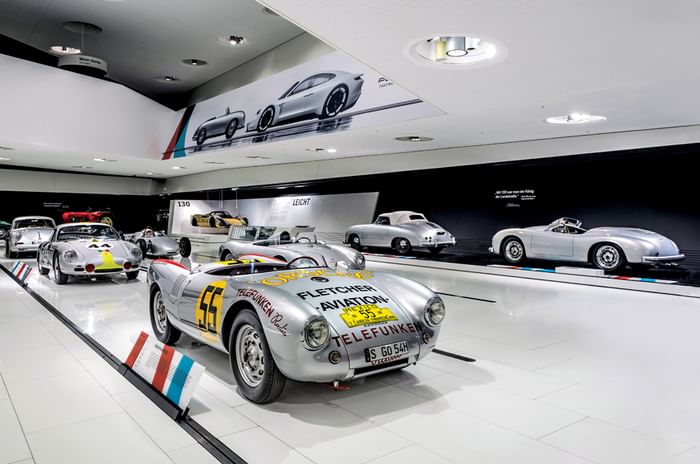
Egged on by the 356’s racing success, Porsche decided to build a car specifically for racing and named it ‘550’ indicating its low kerb weight of, well, 550kg. Powered by a new 1,498cc, all-aluminium, air-cooled, four-cylinder, naturally aspirated boxer engine, the 550 took victory in the 1954 Carrera Panamericana in Mexico; this gave the powerplant the ‘Carrera’ name. The sleek low-slung racer also won the Targa Florio – Porsche’s first major international race win.
911

Say Porsche and it’s this design that springs to mind. The 911 is perhaps the most recognisable sportscar on the planet today. Unveiled in 1963 as the 901, the name was changed quickly to 911 as Peugeot claimed a trademark infringement. While there has been continuous development and several new generations of the car, what has stayed intact is the basic style along with the formula – a rear-mounted boxer engine and rear-wheel-drive (and later, all-wheel drive too). Notably, the engines were all air-cooled until 1998. Today, over half a century on, the 911 is regarded as one of the most successful competition cars with victories on both track and dirt. The brand saw the 911 cross the one million unit production mark in May last year.
917

First unveiled in 1969, the 917 delivered Porsche’s first overall victory at the 1970 24 hours of Le Mans. But apart from that distinction, its Gulf livery and a starring role in the Steve McQueen movie Le Mans, made the 917 the most iconic race car of that time. Powered by what was essentially two air-cooled flat-sixes fused together, the flat-12 was available in a 4.5-, 4.9- or 5.0-litre capacity.
918 Spyder

The brief for the 918 was very specific – a combined output (petrol + electric) of 899hp, fuel consumption below three litres per 100km (as per the New European Driving Cycle) and an under-7min lap time at the Nürburgring Nordschleife. Released in 2013, it achieved all its targets. The 918 Spyder was a hybrid hypercar powered by a 616hp, 4.6-litre V8 coupled to a pair of electric motors (an additional 283hp). It was also the first Porsche to offer the weight-saving Weissach Package – now an option on other high-performance Porsche cars – which helped it run the Nordschleife in 6min 57sec. The 918 Spyder had a limited production run of 918 units.
956/962
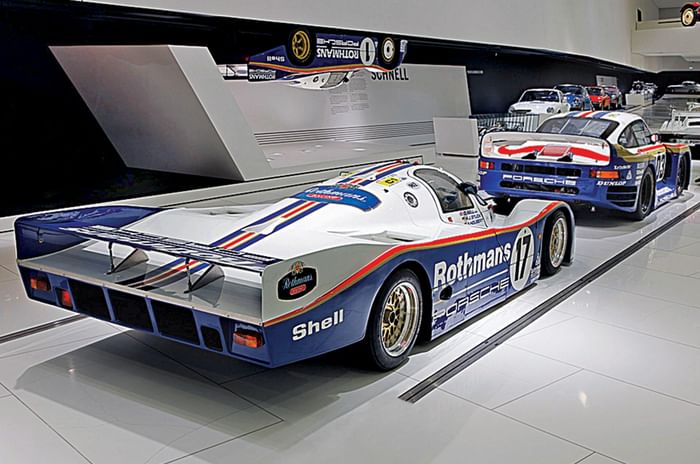
Piloted by Stefan Bellof in 1983, the 956 ran a 6min 11sec time during qualifying at the 1000km sportscar race, making it the fastest car ever around the famed Nürburgring Nordschleife. Between 1982 and 1994, the 956/962 won Le Mans seven times. The key ingredients of its success lay in its particularly efficient turbocharged engine that was needed for racing at that time and the ground effects that sucked the aluminium monocoque to the track, allowing for greater speed through corners.
959
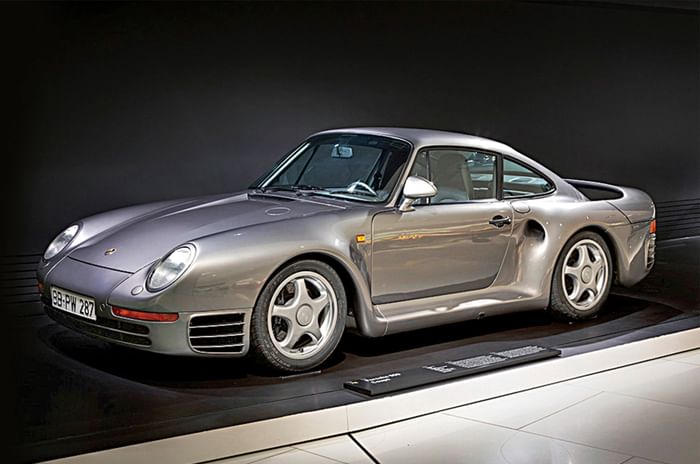
With its aluminium-and-Kevlar body construction, variable power distribution, all-wheel-drive system, adjustable suspension and two-stage turbo-driven 450hp engine, the 959 was a technological tour de force when it rolled out in 1986. Back the, it was the world’s fastest street-legal production car, with a 317kph top speed. Homologated for Group B rallying, it was also built for road use with just 337 units being made; eight more were produced in the 1990s. Porsche says the development wasn’t constrained by costs, and only tasked with seeing what was possible. It sold for USD 2,25,000 – less than half of what it cost Porsche to build it.
Carrera GT

With its roots in shelved Le Mans race car and Formula 1 engine projects, the Carrera GT was born in 2003. The monocoque was made of carbon fibre, and the naturally aspirated V10 engine block put out 612hp, propelling the car to a top speed of 330kph. In its time, it was the fastest convertible in the world. The super car also featured an inboard suspension with pushrod-actuated shock-absorbers. A production run of 1,500 cars was planned, but demand and changing regulations saw only 1,270 units made.
Cayenne
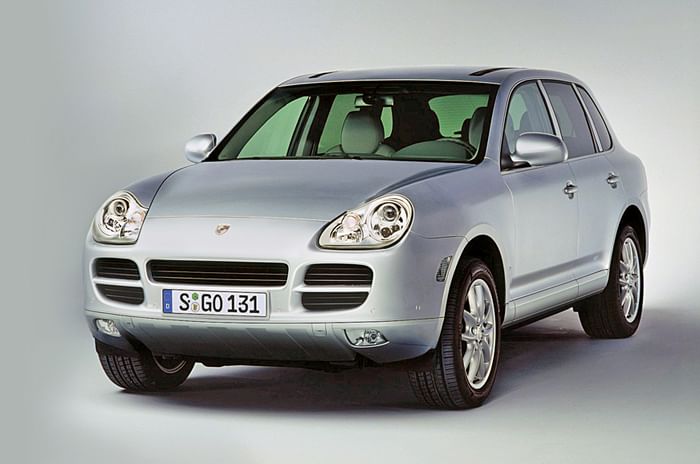
Released in 2003, the Cayenne was a first in many ways, for Porsche. It was the brand’s first SUV, its first diesel car, as well as its first four-door. Although it outraged many enthusiasts and Porsche purists who claimed it was too far from the Porsche DNA, the Cayenne went on to be a great success for the company. Sharing its platform with the Volkswagen Touareg, the large four-door SUV was set up more for driving pleasure rather than hardcore off-road use.
928
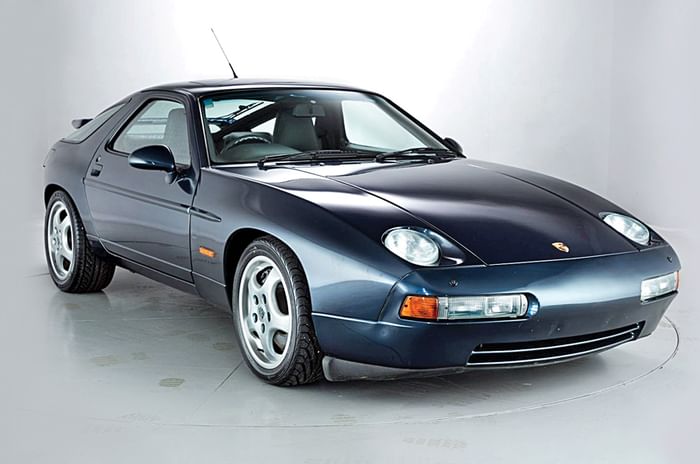
The 928 has the distinction of being the only sportscar to have ever been crowned the European Car of the Year (1978). It boasted excellent build quality, performance and usability. Produced between 1977-1995, the management initially considered the car a replacement for the 911. However, Peter Schutz, the company’s then-new CEO, decided that the 911 would live on.


































